Sansevieria trifasciata Hahnii, Snake Plant – Plant
₹500.00 Original price was: ₹500.00.₹440.00Current price is: ₹440.00.
(MRP Inclusive of all taxes)
- Shipping Rs 100 for entire order
- Dispatch in 8-10 days
- Country of origin: India
Description for Sansevieria trifasciata Hahnii, Snake Plant
It is an evergreen herbaceous perennial plant forming dense stands, spreading by way of its creeping rhizome, which is sometimes above ground, sometimes underground. Its stiff leaves grow vertically from a basal rosette.
It is tough, durable, and highly tolerant of low light and poor soil conditions. The tall, narrow, sturdy leaves are stiff and pointed. Colors include dark green, pale green, green edged with yellow, and variegated light green and yellow. Some species send up delicate flower spikes.
The Sansevieria is the perfect addition to any indoor garden setting. With over sixty different varieties to choose from, everyone is sure to find the perfect match for their taste.
It is an evergreen herbaceous perennial plant forming dense stands, spreading by way of its creeping rhizome, which is sometimes above ground, sometimes underground. Its stiff leaves grow vertically from a basal rosette. Mature leaves are dark green with light gray-green cross-banding.
Planting and care
Sansevieria can be divided easily during repotting. Alternatively, new shoots, which emerge from the soil as spikes, can be taken and potted independently. They are rapid growers once established. Cuttings can also be taken, but its much easier to rely on division.
Pot the snake plant in a clay container that is wider than it is tall since the root system is shallow. Choose a pot the same diameter or one size larger than the current container of a plant. Plastic is not the best choice for these plants because strong roots can easily crack and break weak pots.
Caring for Sansevieria trifasciata Hahnii
- Place sansevierias in moderately bright or filtered light. Good locations include a spot in front of a north-facing window or in front of a bright, sunny window covered by a sheer curtain.
- Although the plant tolerates low light, bright light brings out the colors in the leaves. However, intense light may cause the edges of the leaves to turn yellow.
- Allow the soil to dry completely before watering, and then water deeply until water drips through the drainage hole. Allow the pot to drain and then discard water that remains in the saucer.
- Never allow the soil to become soggy and never let the pot stand in water. Water sparingly throughout the winter.
- Like most succulent plants that store water in their leaves, sansevieria rots quickly in the excessively wet soil. Place sansevieria in average room temperatures.
- Protect the plant from drafts and cold temperatures as it is damaged at temperatures below 50 degrees Fahrenheit. Feed the plant once every three weeks throughout the summer.
- Use a general-purpose fertilizer for houseplants diluted to one-half the strength suggested on the container.
- Sansevieria is a light feeder and too much fertilizer makes the leaves fall over.
Harvesting
NA
Typical uses of Sansevieria trifasciata Hahnii
Special features: The plant convert CO2 to oxygen at night also.
Culinary use: NA
Ornamental use: They are excellent in a grouping and will grow equally well on the floor or on table-top displays.
Medicinal use: The Snake Plant, or Mother-in-Law s Tongue, is one of the most recommended plants for improving air quality. The optimal place to keep this relatively inexpensive and low-maintenance plant is the bedroom because it converts CO2 into oxygen at night.
Be the first to review “Sansevieria trifasciata Hahnii, Snake Plant – Plant” Cancel reply
Related products
Indoor Foliage Plant
Indoor Cactus & Succulents
Air Purifying Plants
Indoor Creepers & Ferns
Indoor Herbs & Edibles
Indoor Cactus & Succulents
Elephant bush, Portulacaria afra, Jade plant (Green) – Succulent Plant
Indoor Creepers & Ferns
Indoor Foliage Plant


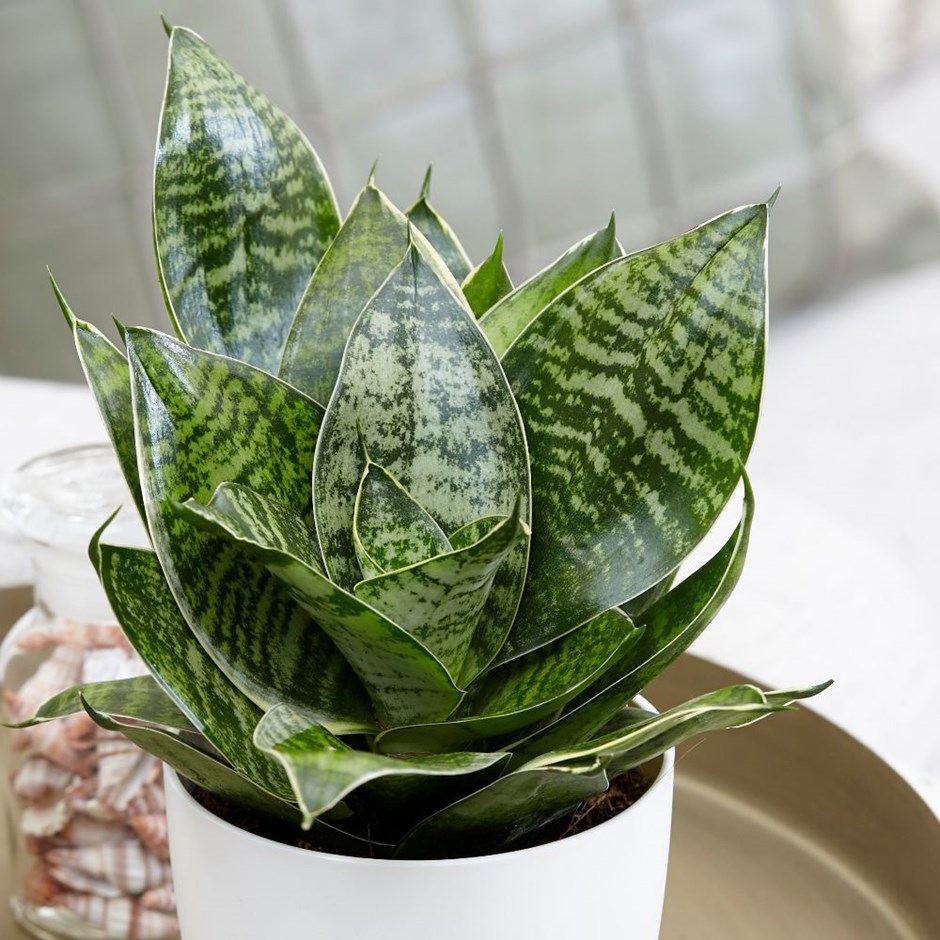
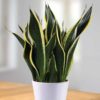
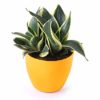


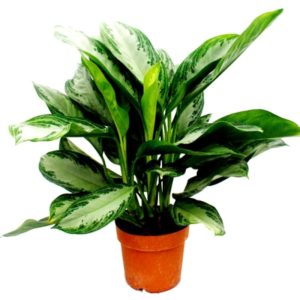

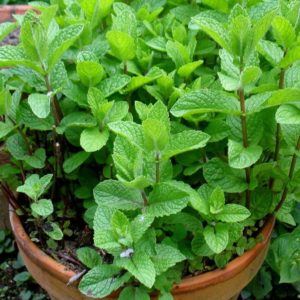

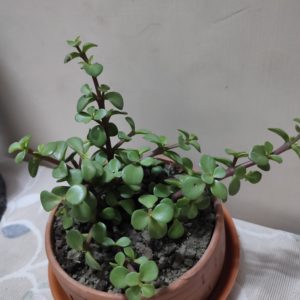

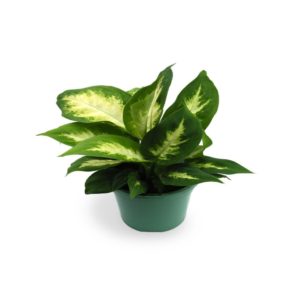
Reviews
There are no reviews yet.